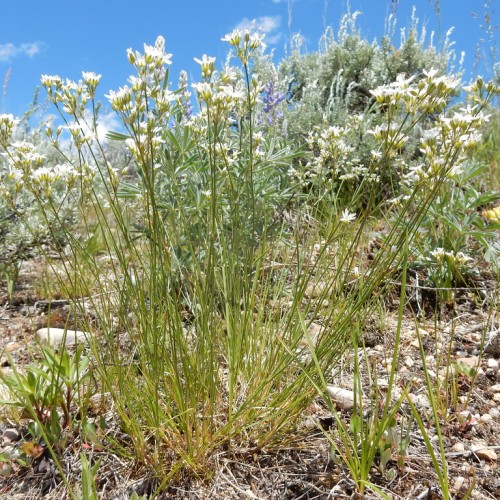
Idaho fescue
Festuca idahoensis
Also Known As - blue bunchgrassCycle:
Perennial
Watering:
Minimum
Hardiness Zone:
3
Flowers:
Flowers In Spring
Sun:
Full sun
Soil:
Rocky , gravelly , dry, Well-drained
Fruits:
Fruits In Autumn Ready In Fall
Leaf:
Yes
Growth Rate:
Moderate
Salt Tolerant:
Yes
watering
Idaho fescue should be watered twice weekly in the summer and once every 2 weeks in the winter. During the summer, water the grass until the top 5 cm (2 inches) of soil is moist, but not soggy. In the winter, provide a light watering that does not saturate the soil. Do not water the Idaho fescue when temperatures are below 40°F (4°C).
sunlight
Idaho fescue (Festuca idahoensis) does best when it is exposed to full sun throughout the day. It prefers long periods of direct sunlight and can tolerate up to 8 hours per day. In its native environment, Idaho fescue sees significantly more sunlight than that, so it can benefit from at least 6-8 hours or full sun exposure in non-native settings. During the Summer months, direct sunlight is necessary for best growth, but during the Winter months, some light shade can be beneficial, as this helps to protect it from the damaging effects of frost.
pruning
Idaho fescue can be pruned once a year, typically in springtime, to remove dead or diseased foliage and promote the growth of new green foliage. An individual pruning will typically remove no more than 1-third of the total grass blades, and it should be done over several weeks or months rather than all at once. Pruning Idaho fescue too severely can damage the plant or reduce its vigor.
